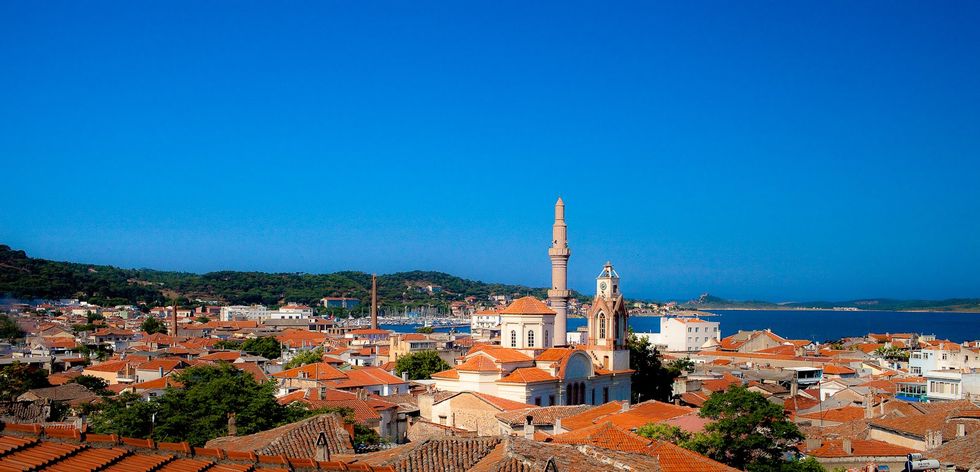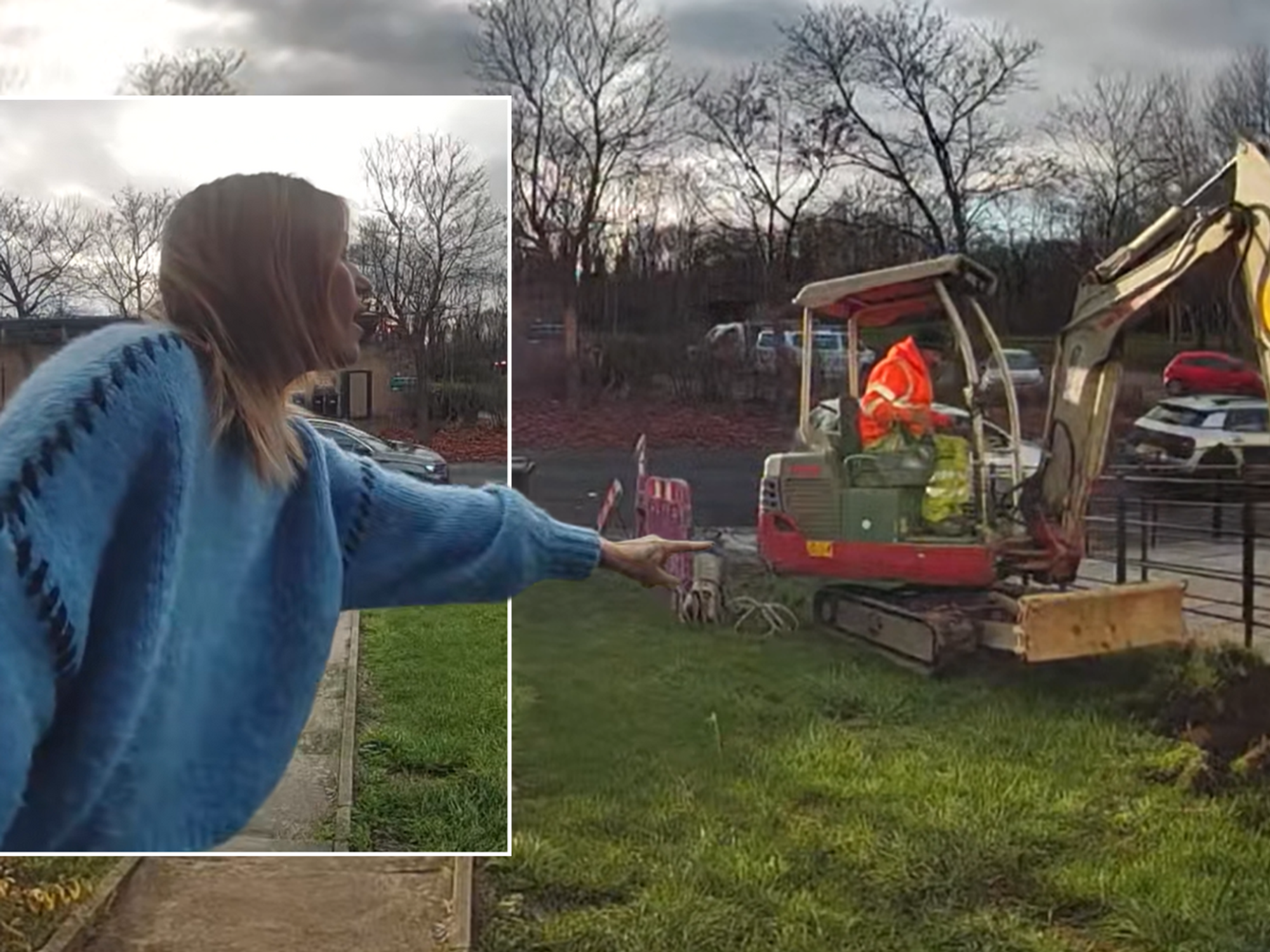Archaeology breakthrough as experts discover lost land bridge that may rewrite human history
The discovery was made in western Turkey
Don't Miss
Most Read
Latest
Turkish archaeologists have made a groundbreaking discovery of a lost land bridge that could transform our understanding of prehistoric human migration into Europe.
A team of researchers identified 138 stone implements across ten locations in Ayvalık, suggesting this Turkish coastal region may have provided an alternative pathway for early humans during the Ice Age.
The findings challenge long-held theories that ancient humans primarily entered Europe via the Balkans and Levant from the Middle East.
Instead, the stone artefacts scattered across 200 square kilometres (77 square miles) point to a previously unknown migration corridor through what is now Turkey's northeastern Aegean coastline.
TRENDING
Stories
Videos
Your Say
When ocean levels plummeted by more than 100 metres during glacial periods, the geography of the northeastern Aegean underwent a dramatic transformation.
The modern islands and peninsulas around Ayvalık merged into an extensive terrestrial landscape, creating a natural corridor between Anatolia and Europe.
Dr Goknur Karahan from Hacettepe University's Department of Archaeology-Prehistory explained: "Our archaeological discovery has unveiled that this now-idyllic region once potentially offered a vital land bridge for human movement during the Pleistocene era.
"When sea levels dropped and the now-submerged landscape was briefly exposed."
LATEST DEVELOPMENTS
This ancient landmass, now submerged beneath the sea, would have provided early humans with a direct route westward.
The discovery suggests these prehistoric travellers had more options for reaching Europe than previously thought.
The archaeological team uncovered sophisticated stone implements spanning multiple Palaeolithic eras, including Levallois-style flake tools typically associated with Neanderthals and early Homo sapiens.
Artefacts from this period show the advanced middle Palaeolithic mousterian technological traditions.
Dr Karahan said: "These large cutting tools are among the most iconic artefacts of the Palaeolithic and are instantly recognisable even today, so they are a very important find.
"The presence of these objects in Ayvalık is particularly significant, as they provide direct evidence that the region was part of wider technological traditions shared across Africa, Asia, and Europe."
The collection includes handaxes and cleavers alongside the Levallois implements, showing diverse toolmaking techniques.
These discoveries mark the first documented evidence of Palaeolithic activity in Ayvalık.

The discovery was made in Ayvalık, Turkey
|WIKIMEDIA COMMONS
Discussing about the archaeologists feelings, Dr Karahan said: "It was a truly unforgettable moment for us. Holding the first tools in our hands was both emotional and inspiring.
"We are very excited and delighted with this discovery.
"These findings mark Ayvalık as a potential new frontier in the story of human evolution, placing it firmly on the map of human prehistory, opening up a new possibility for how early humans may have entered Europe."
The discovery addresses a significant gap in archaeological scholarship, establishing Ayvalık as a crucial site for understanding prehistoric human mobility and exchange between Anatolia and Europe.











